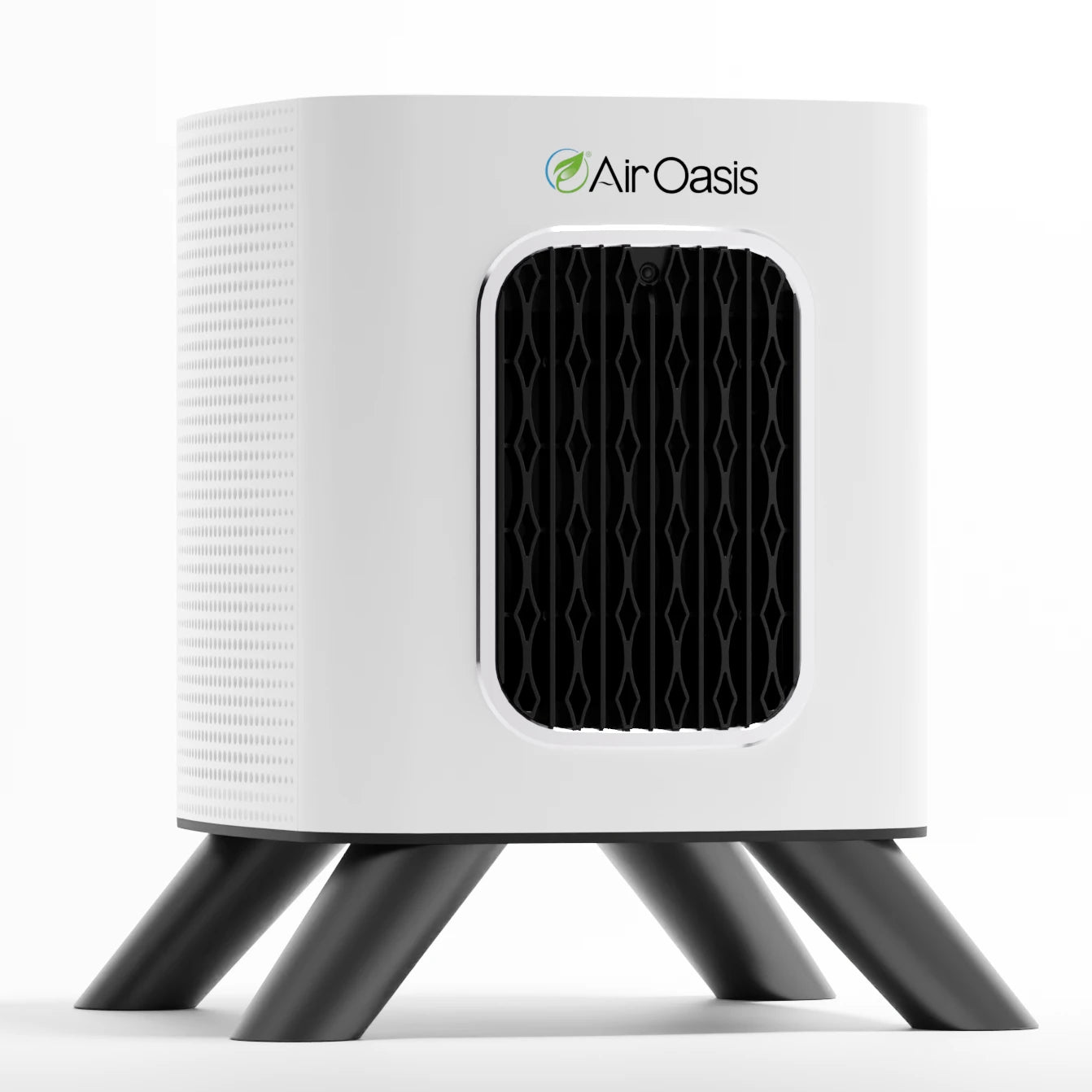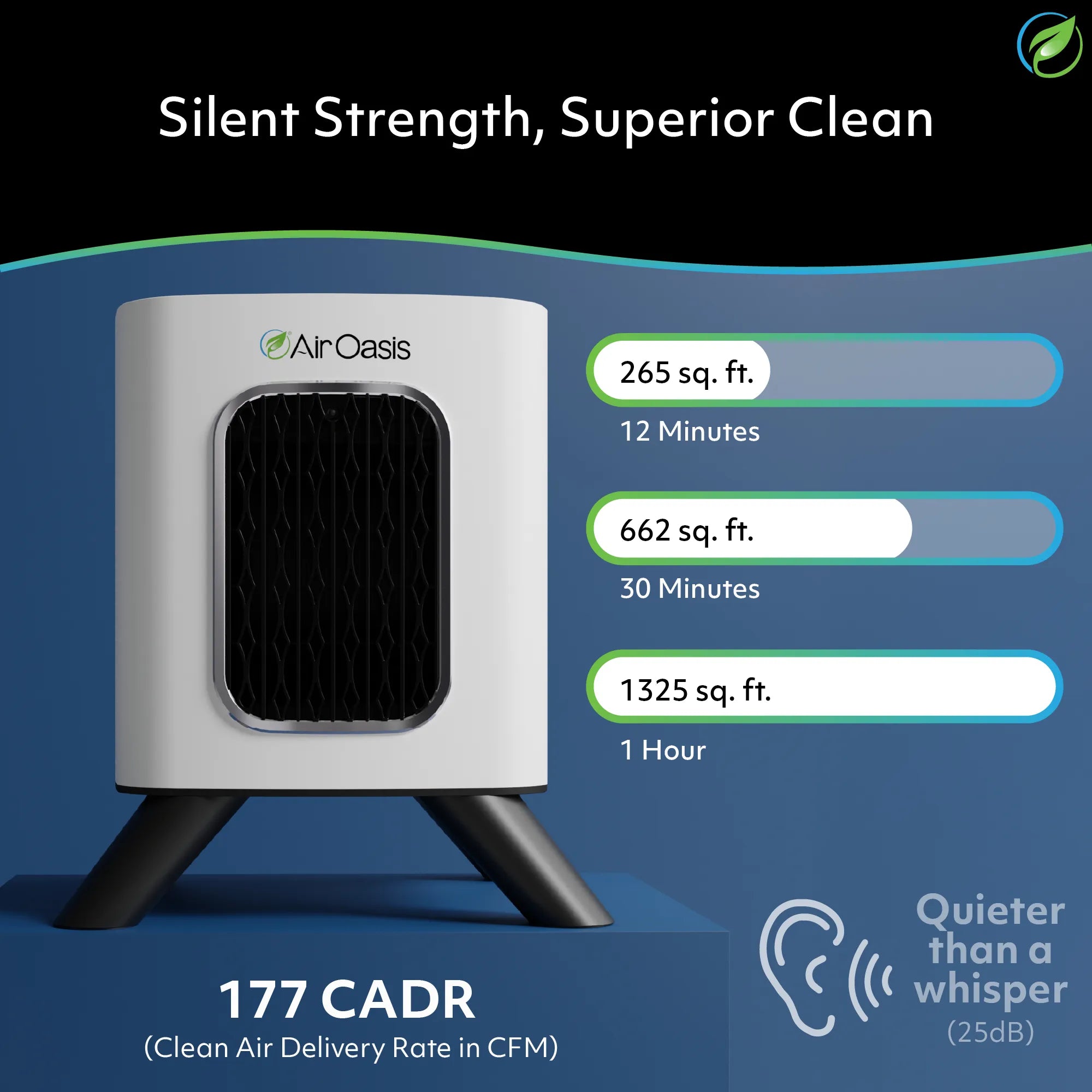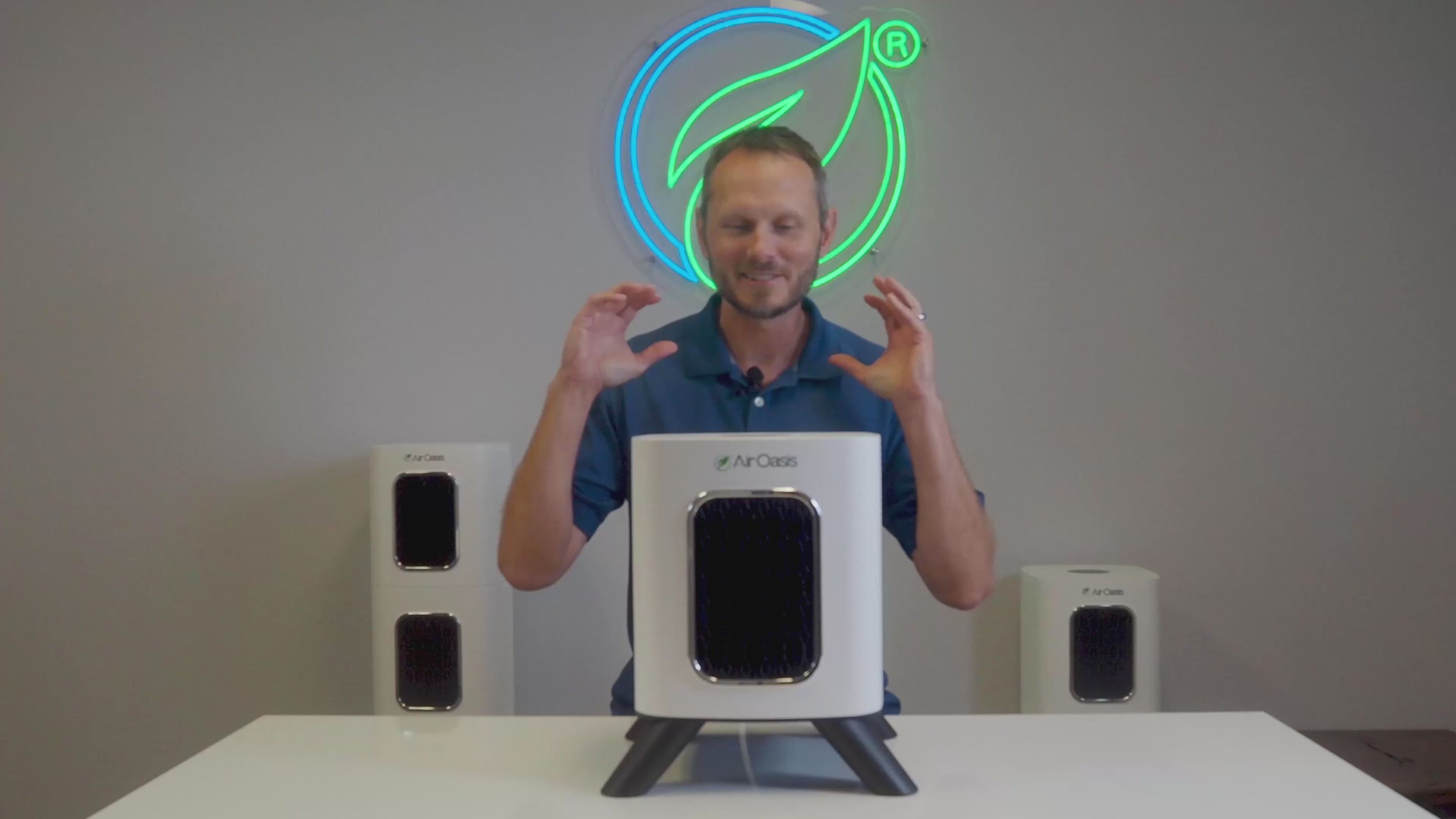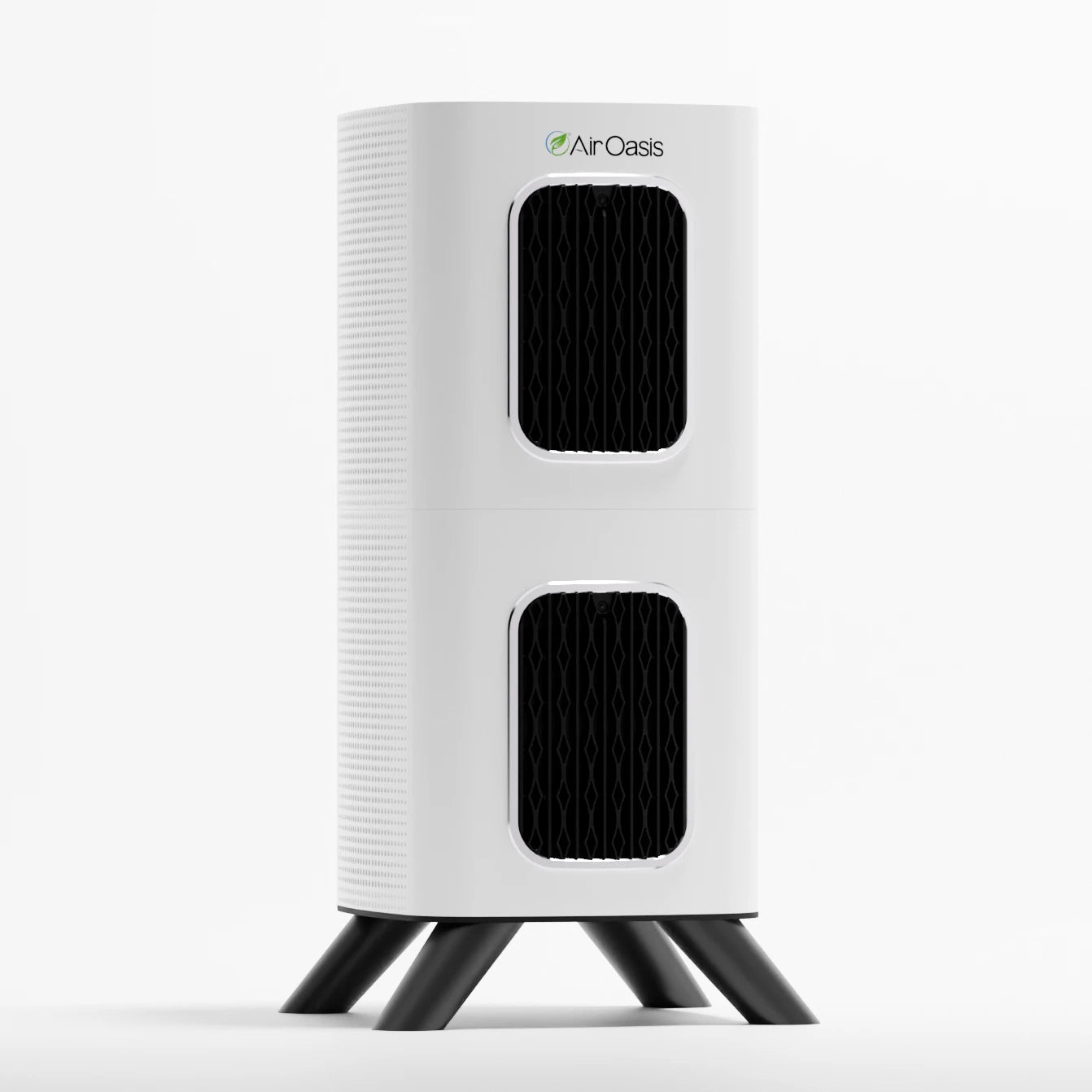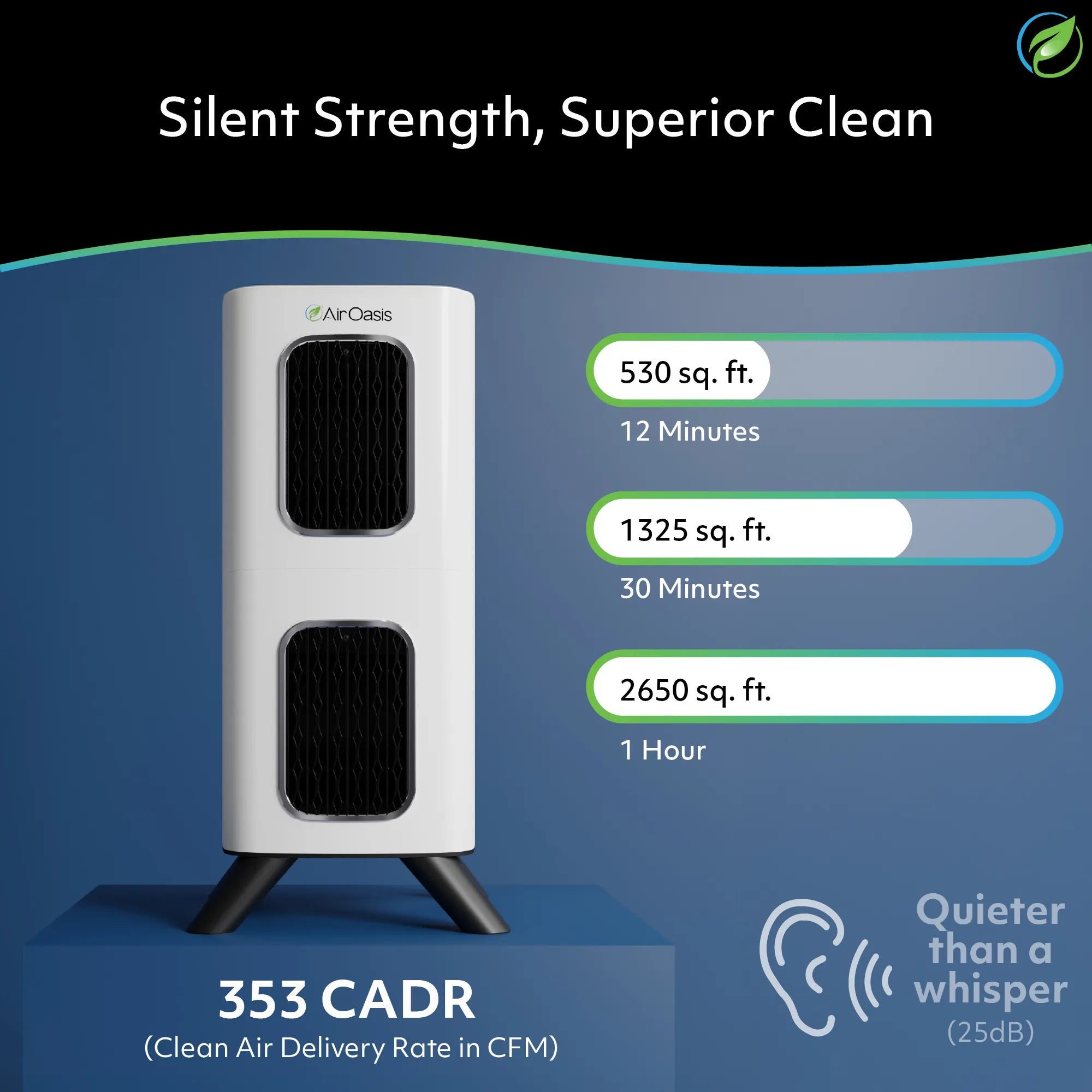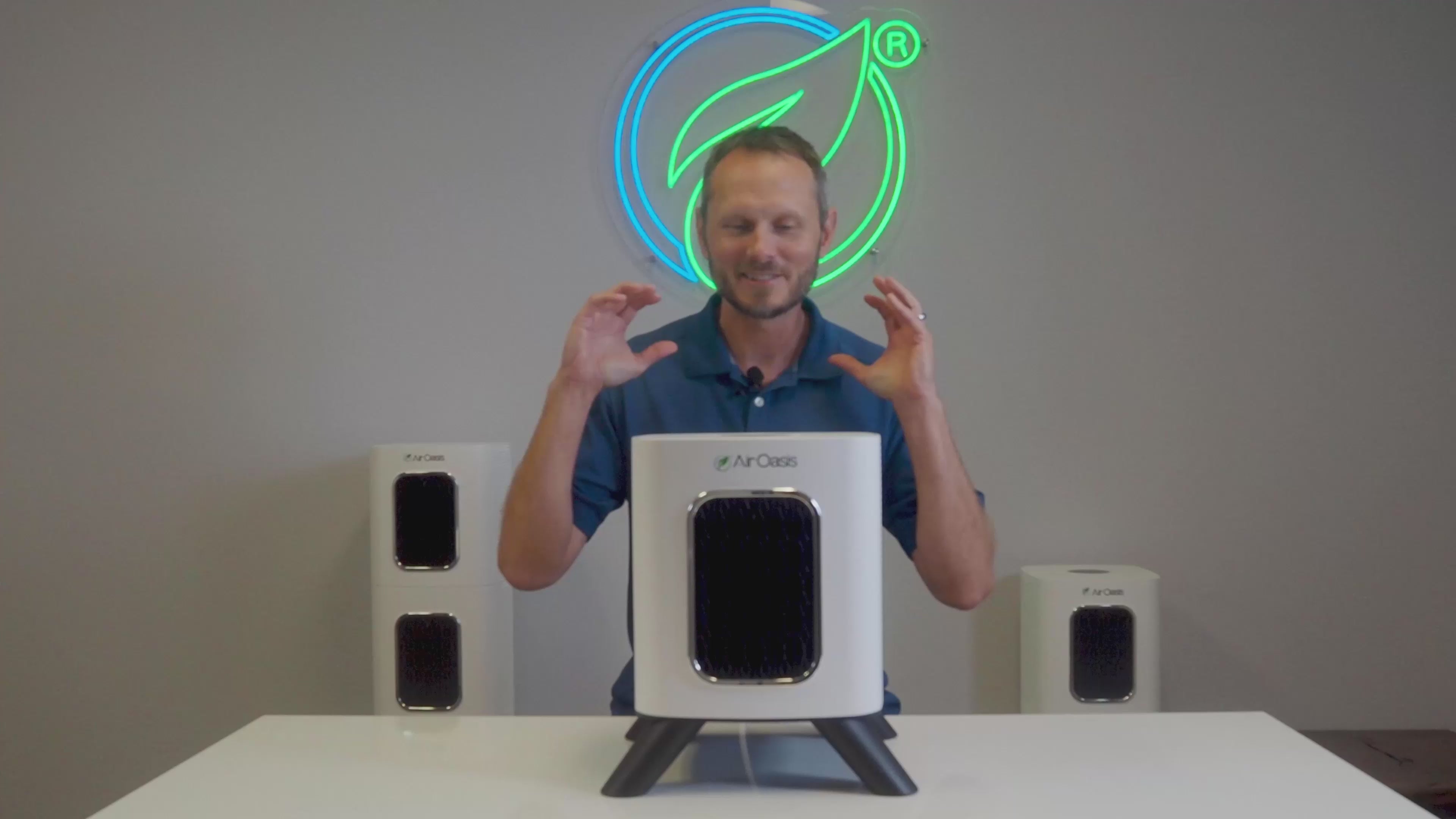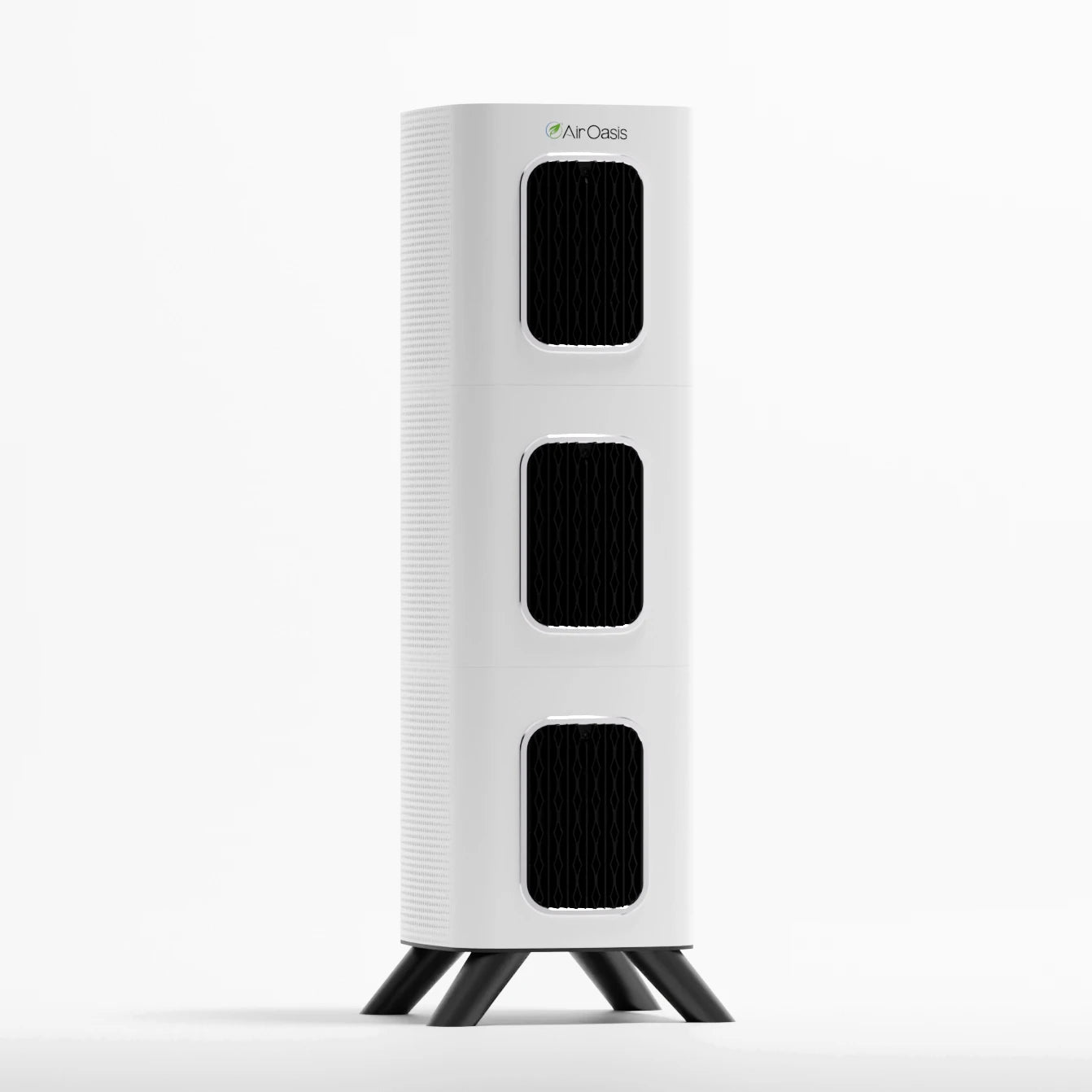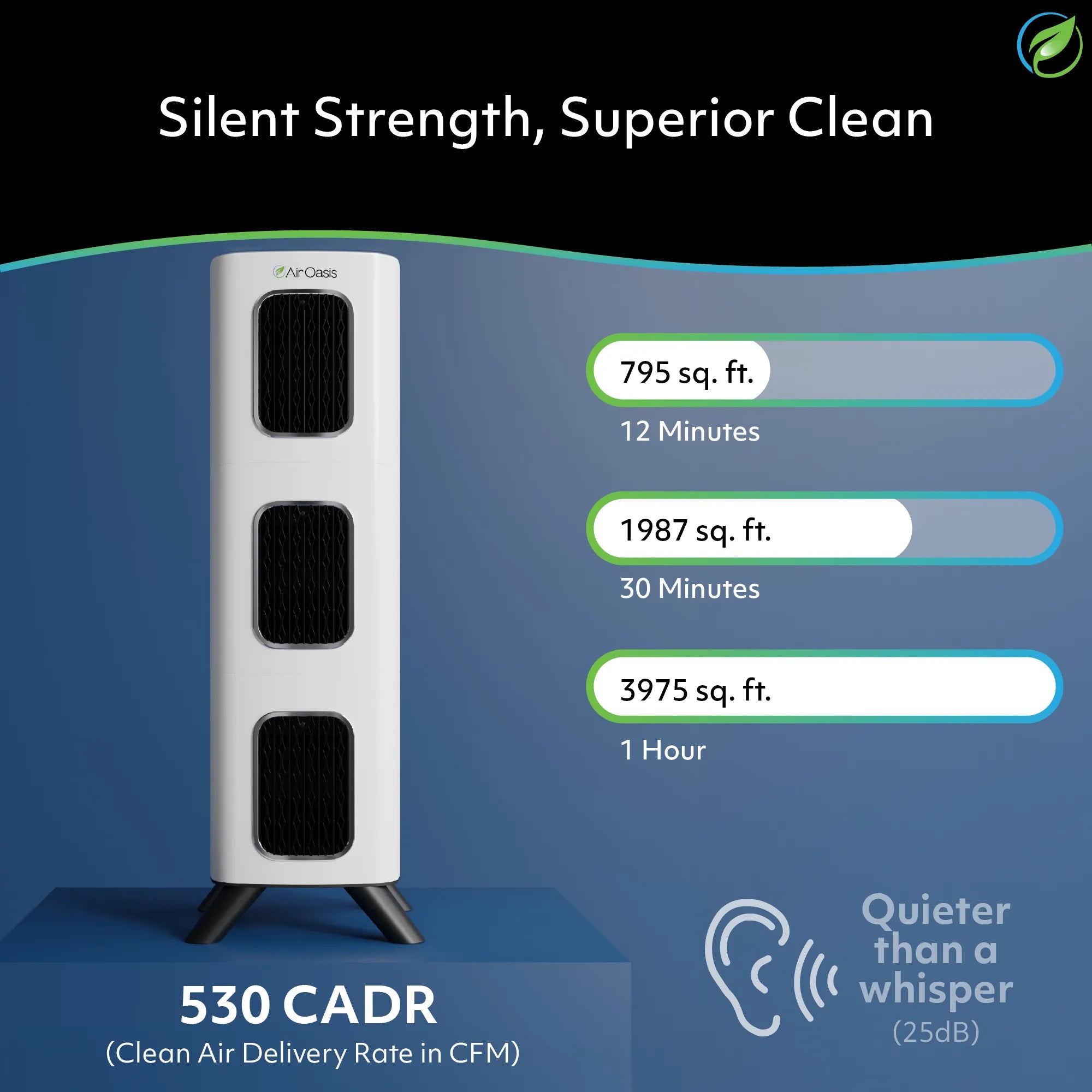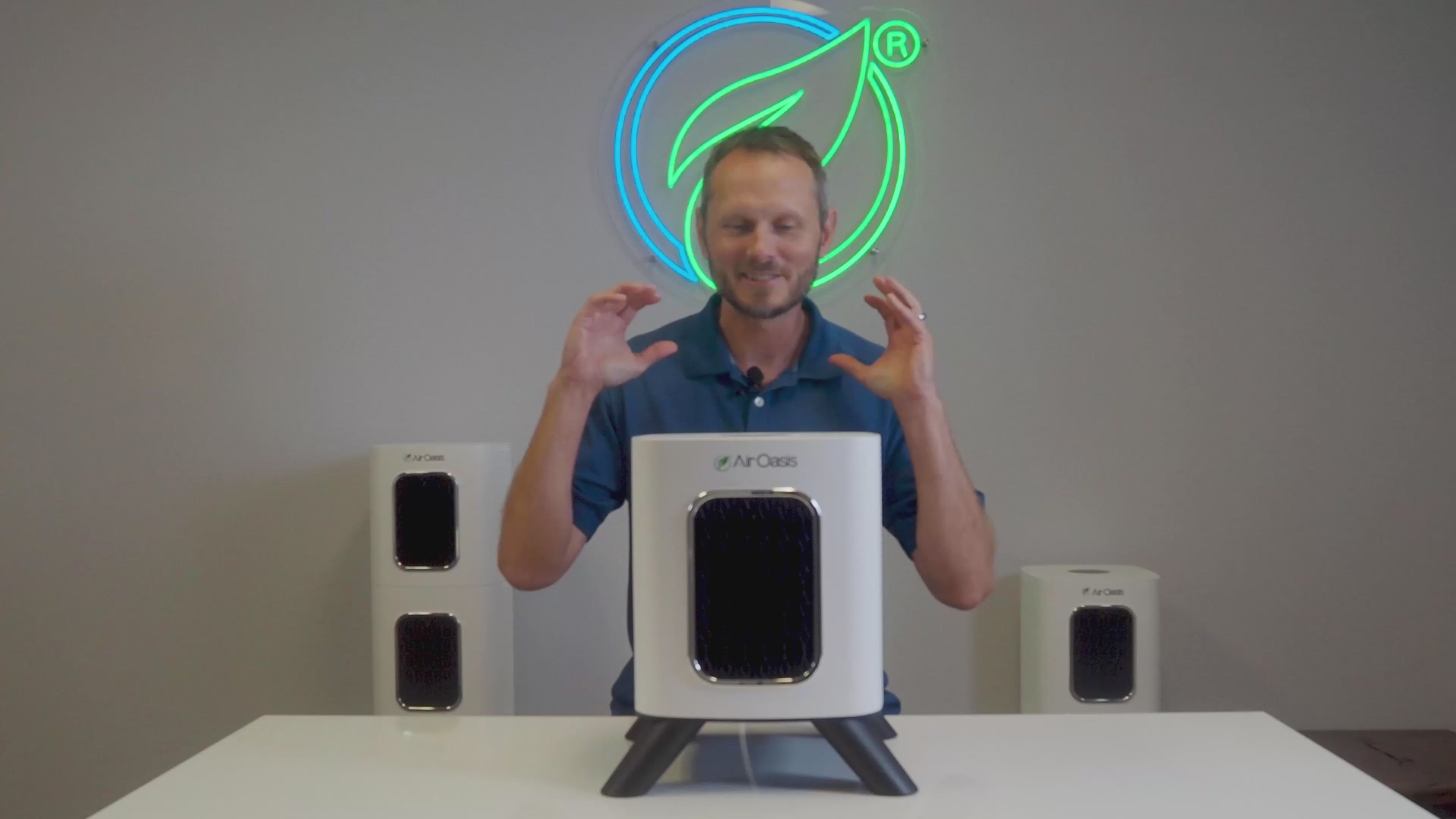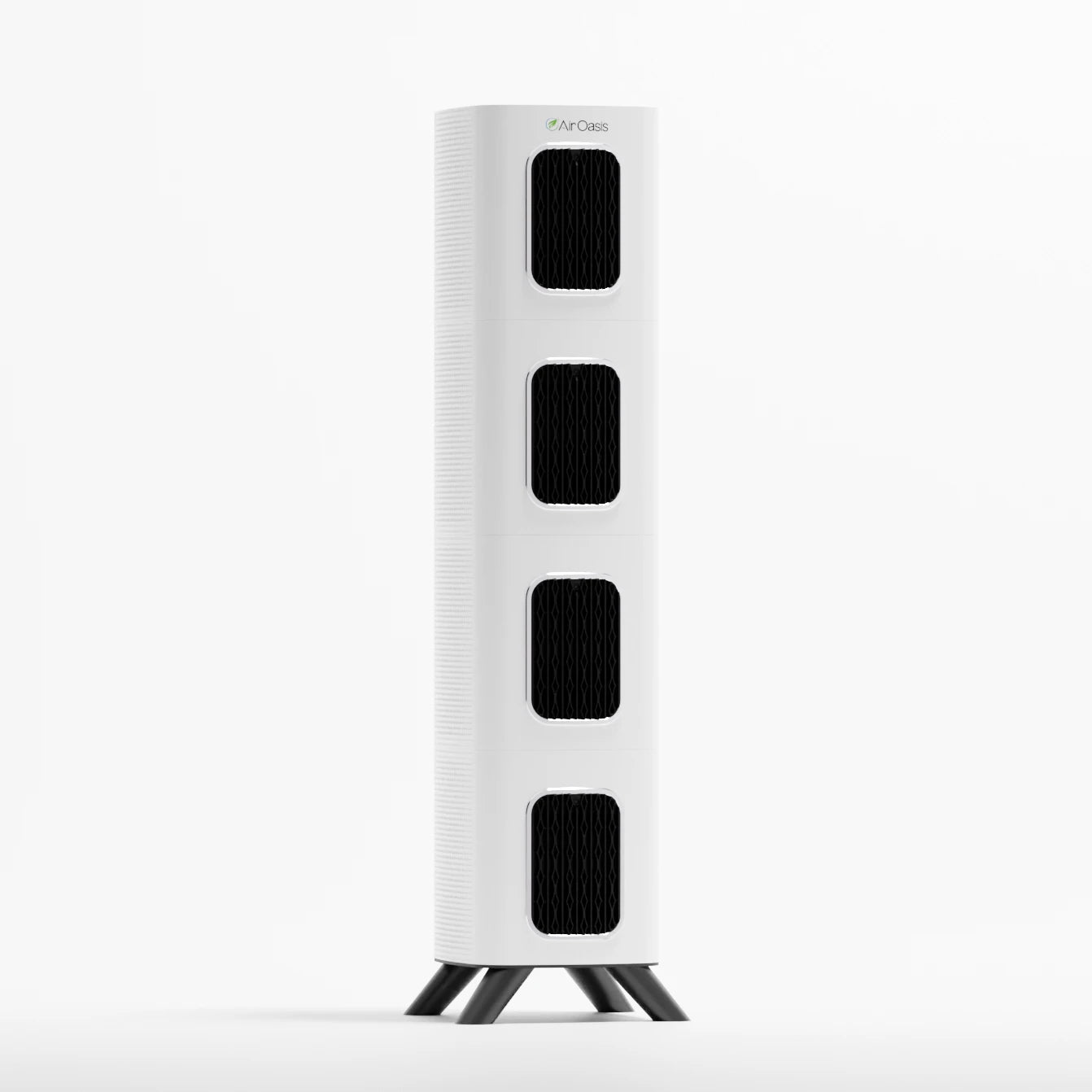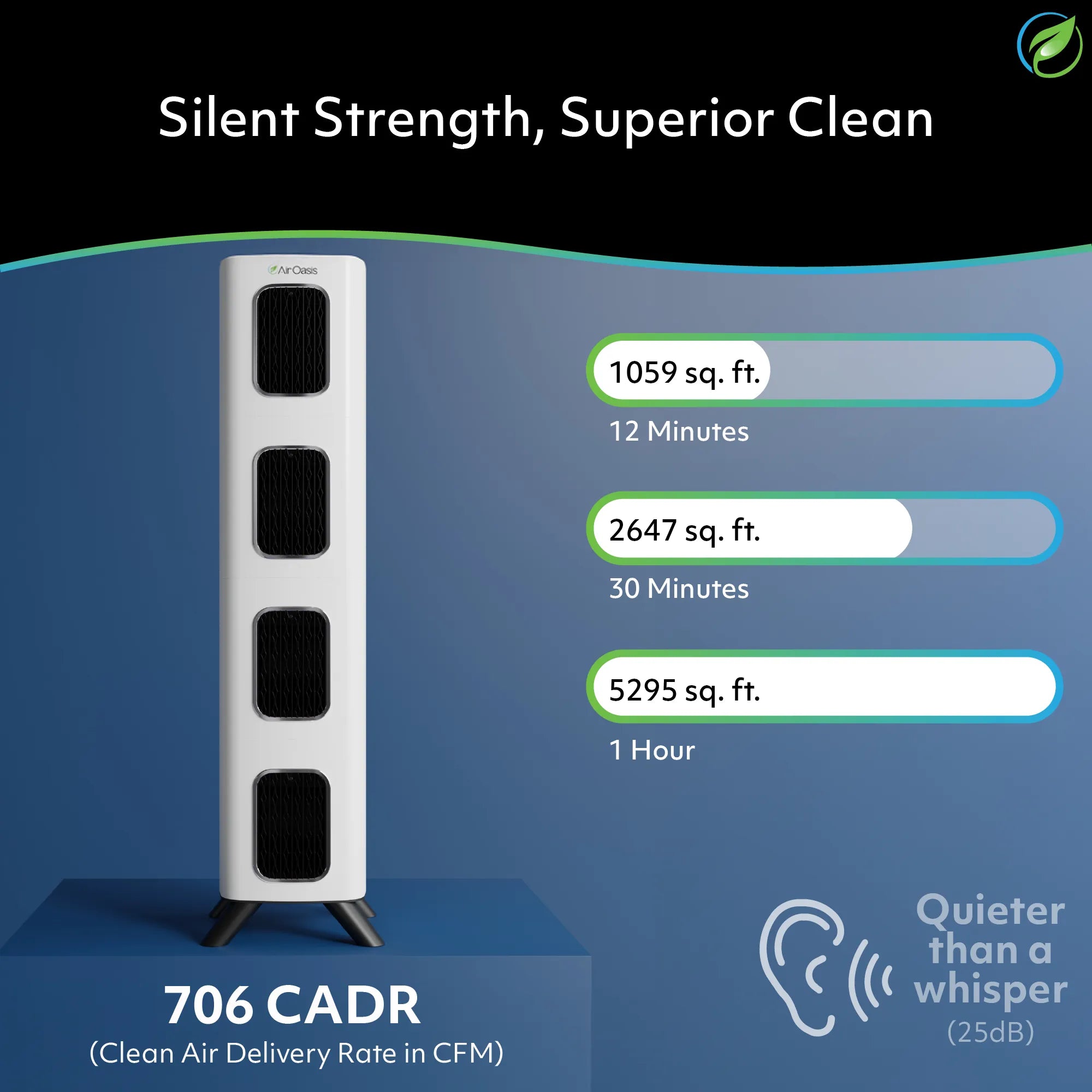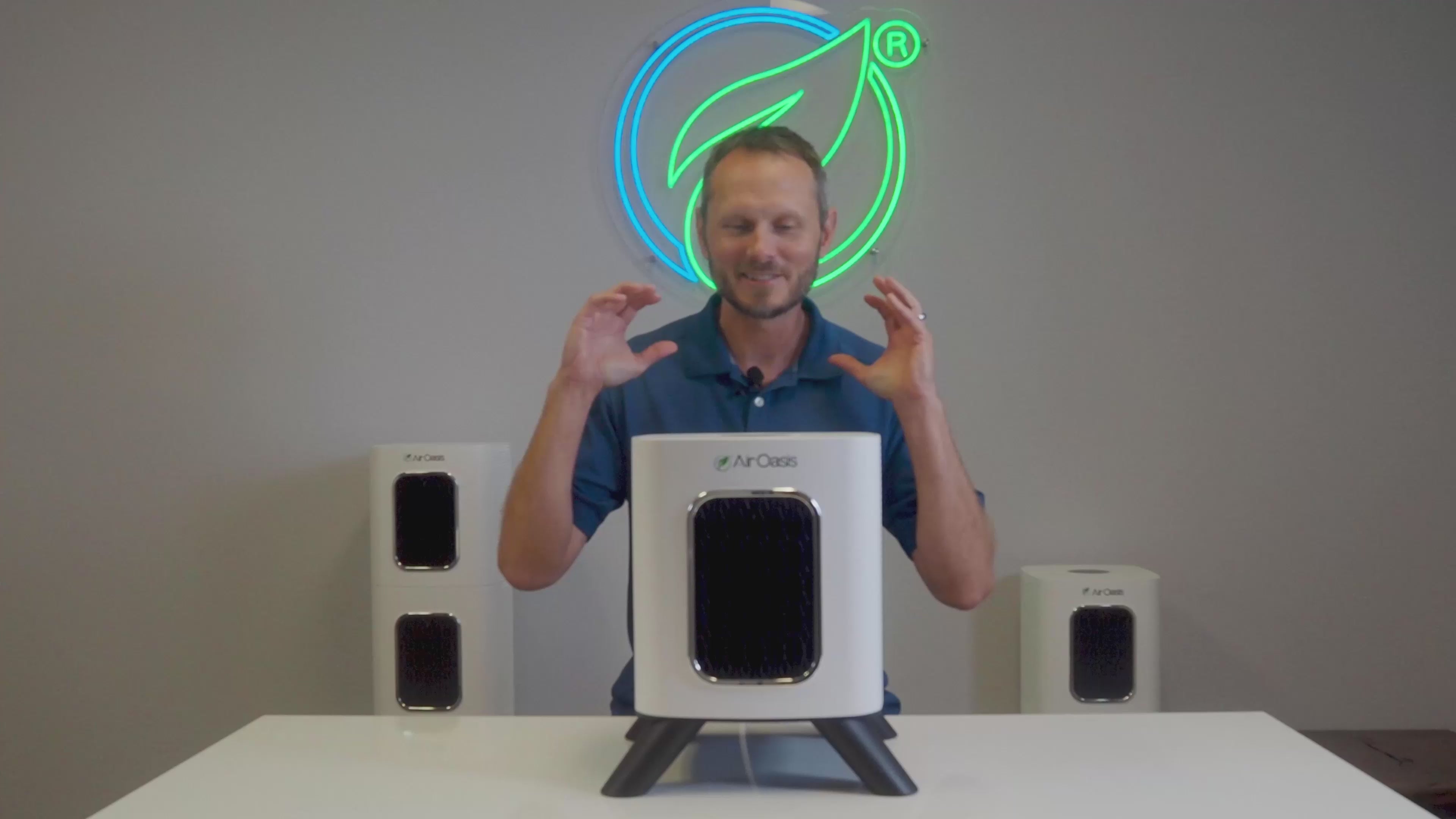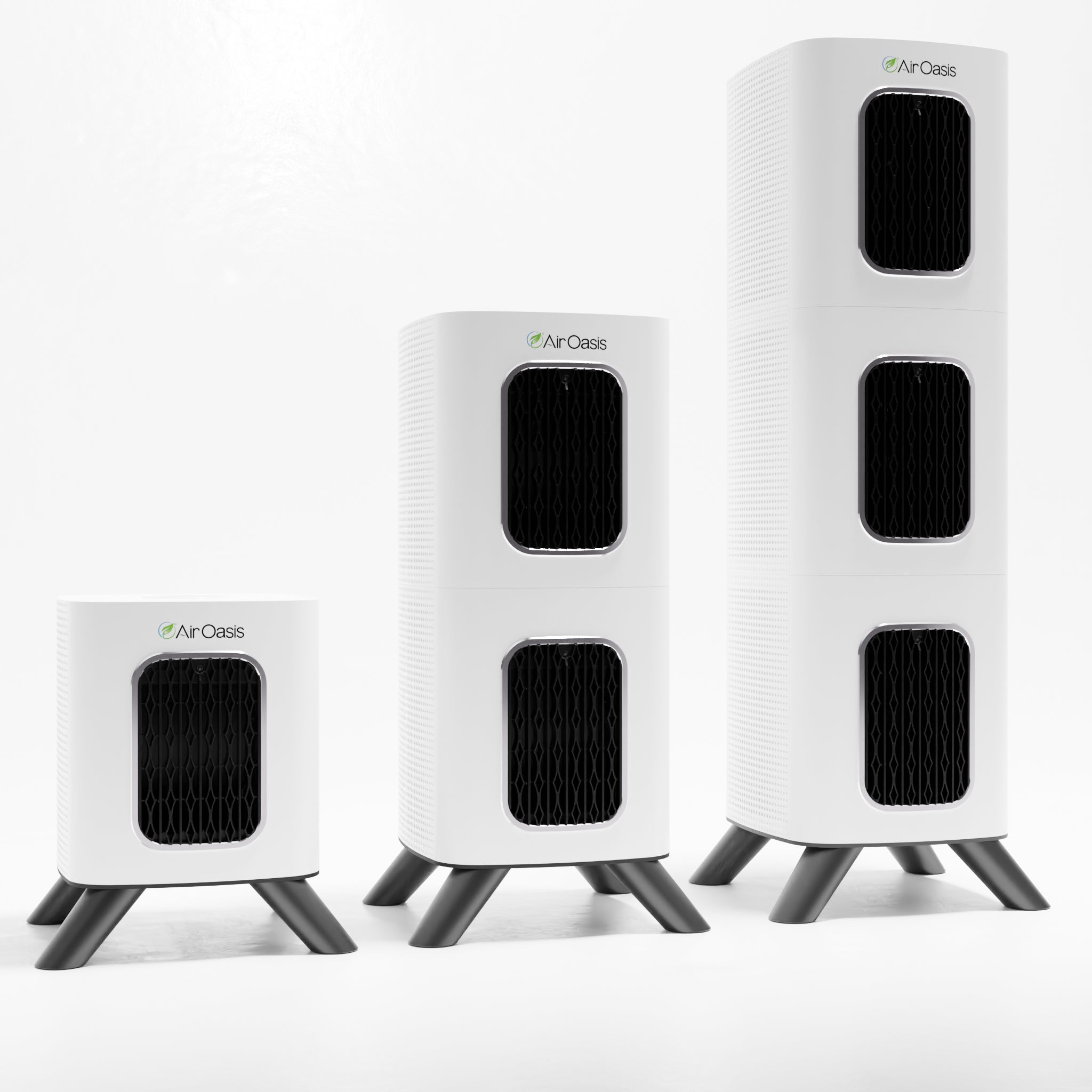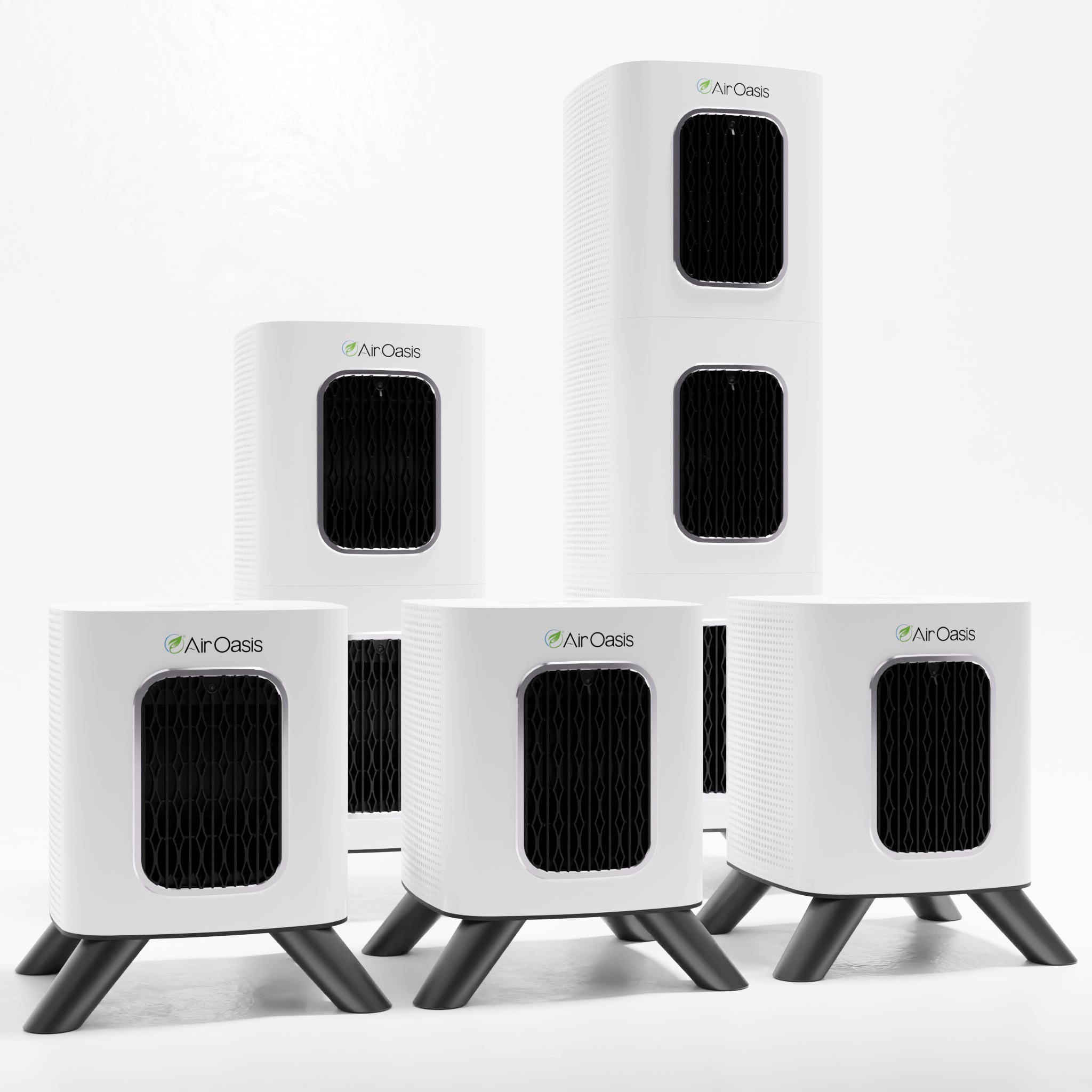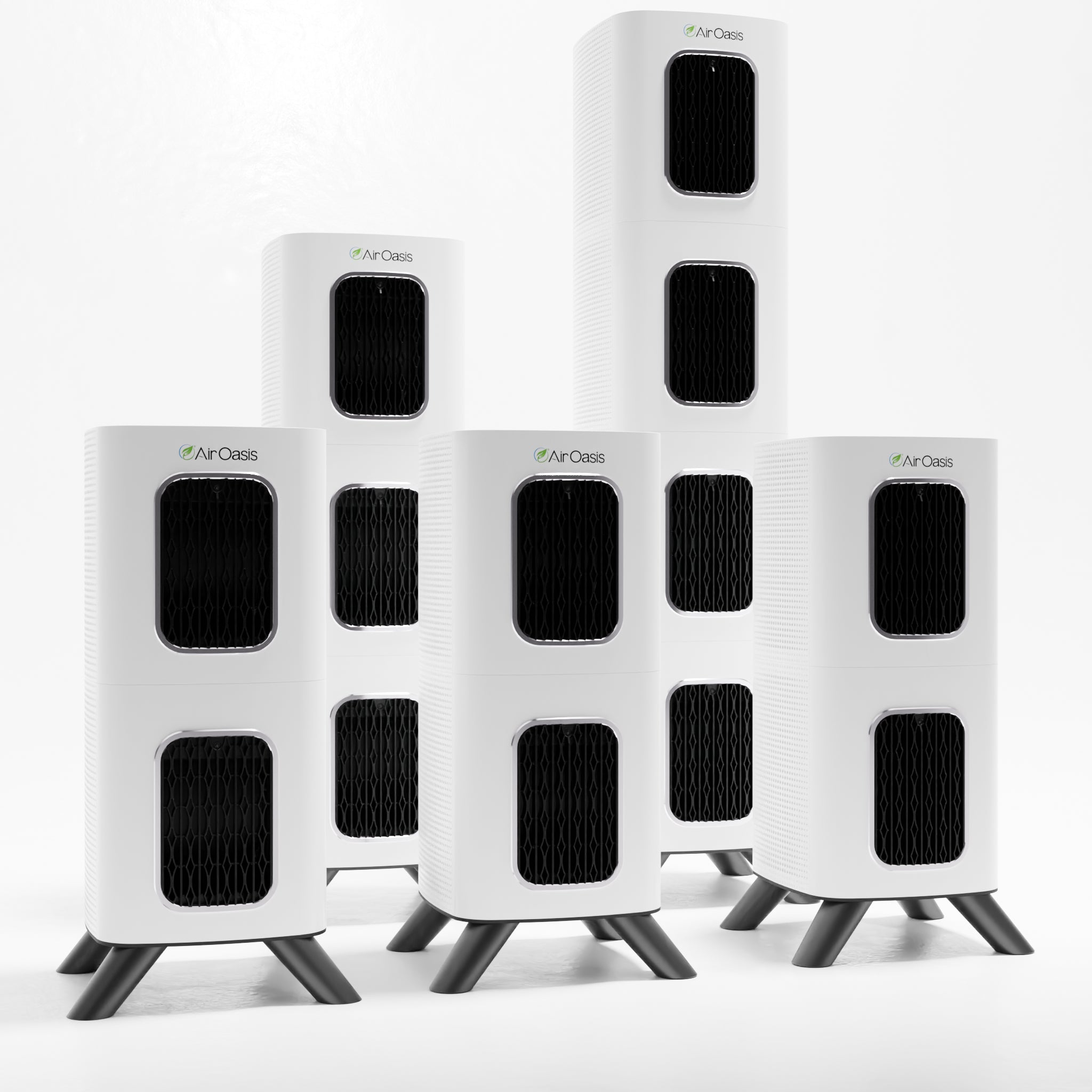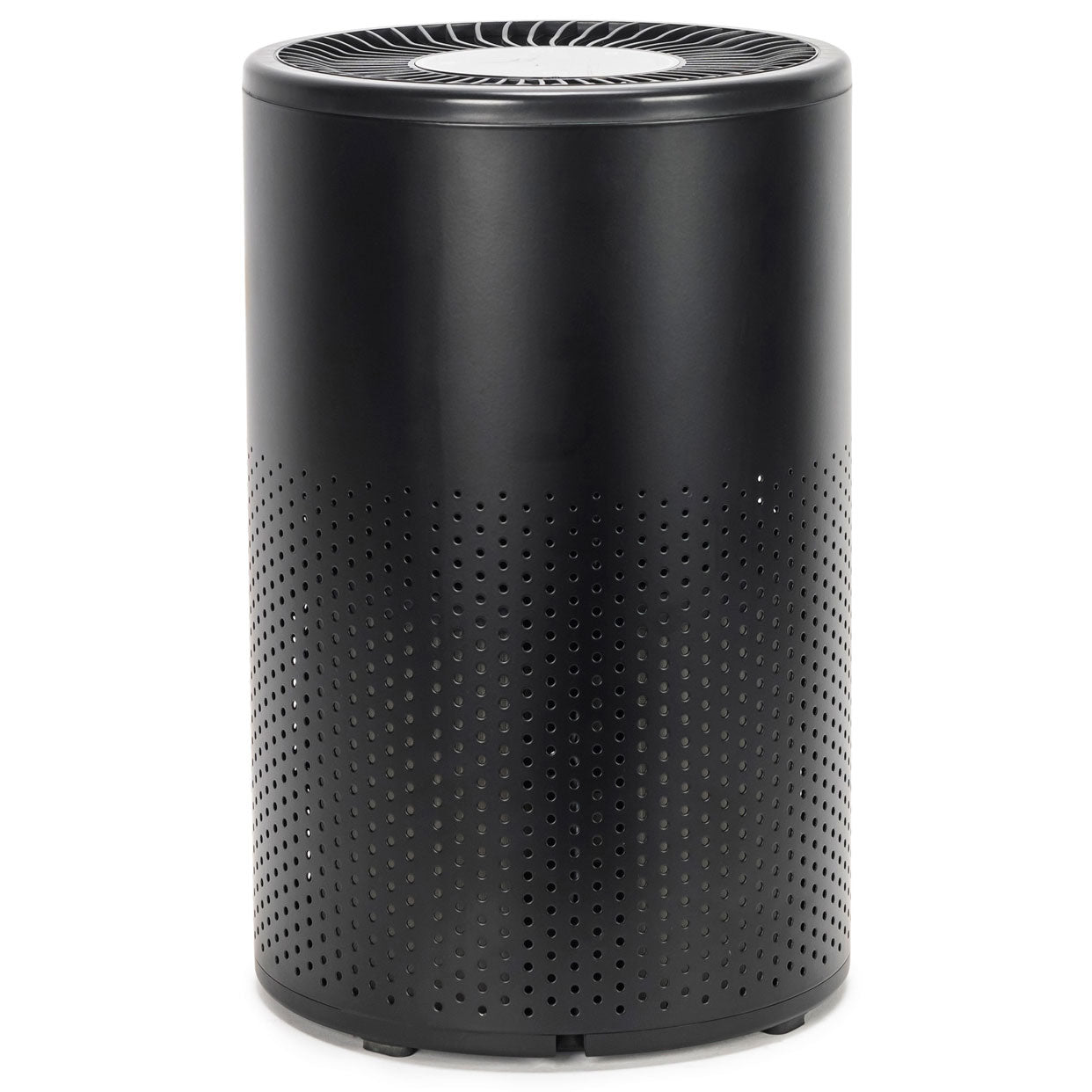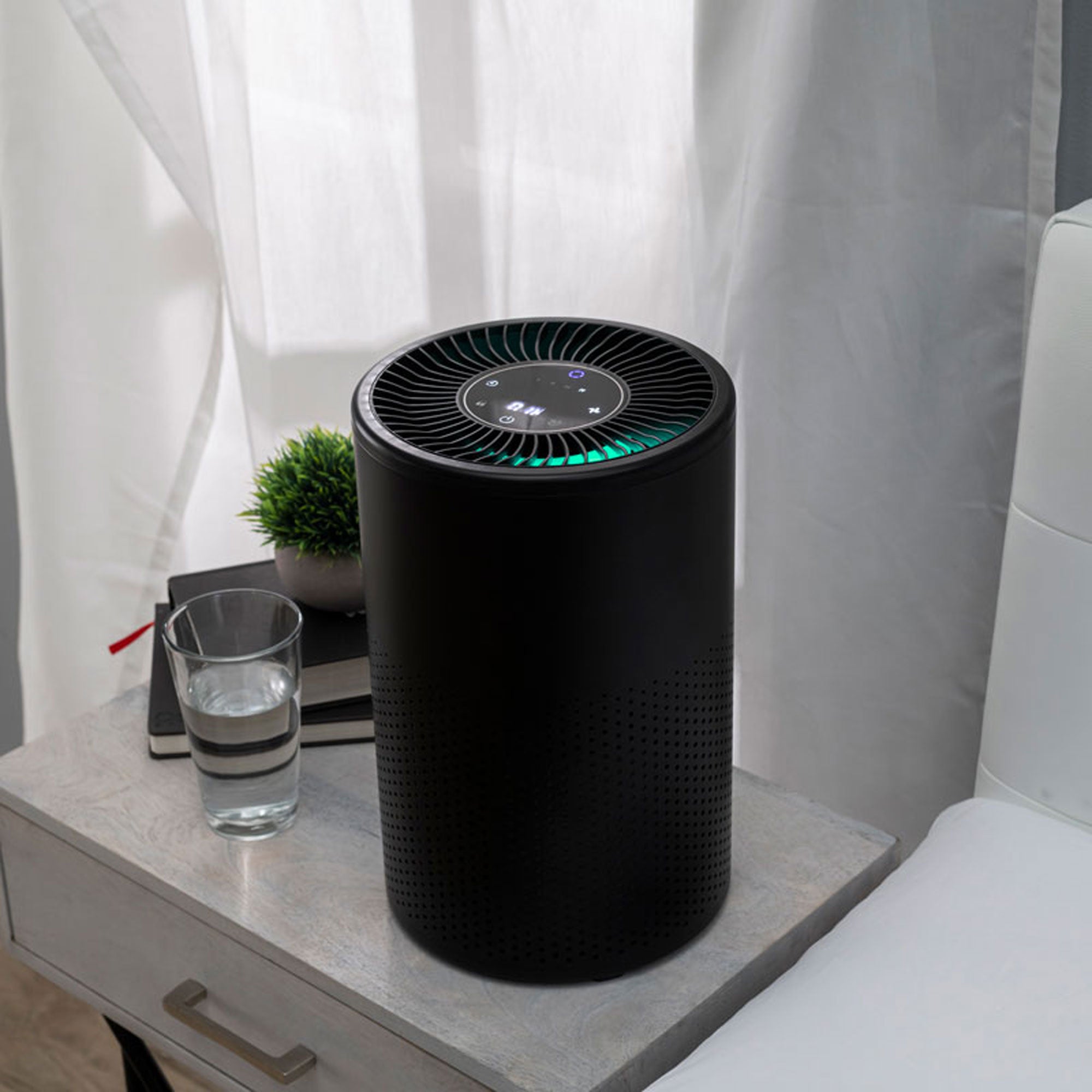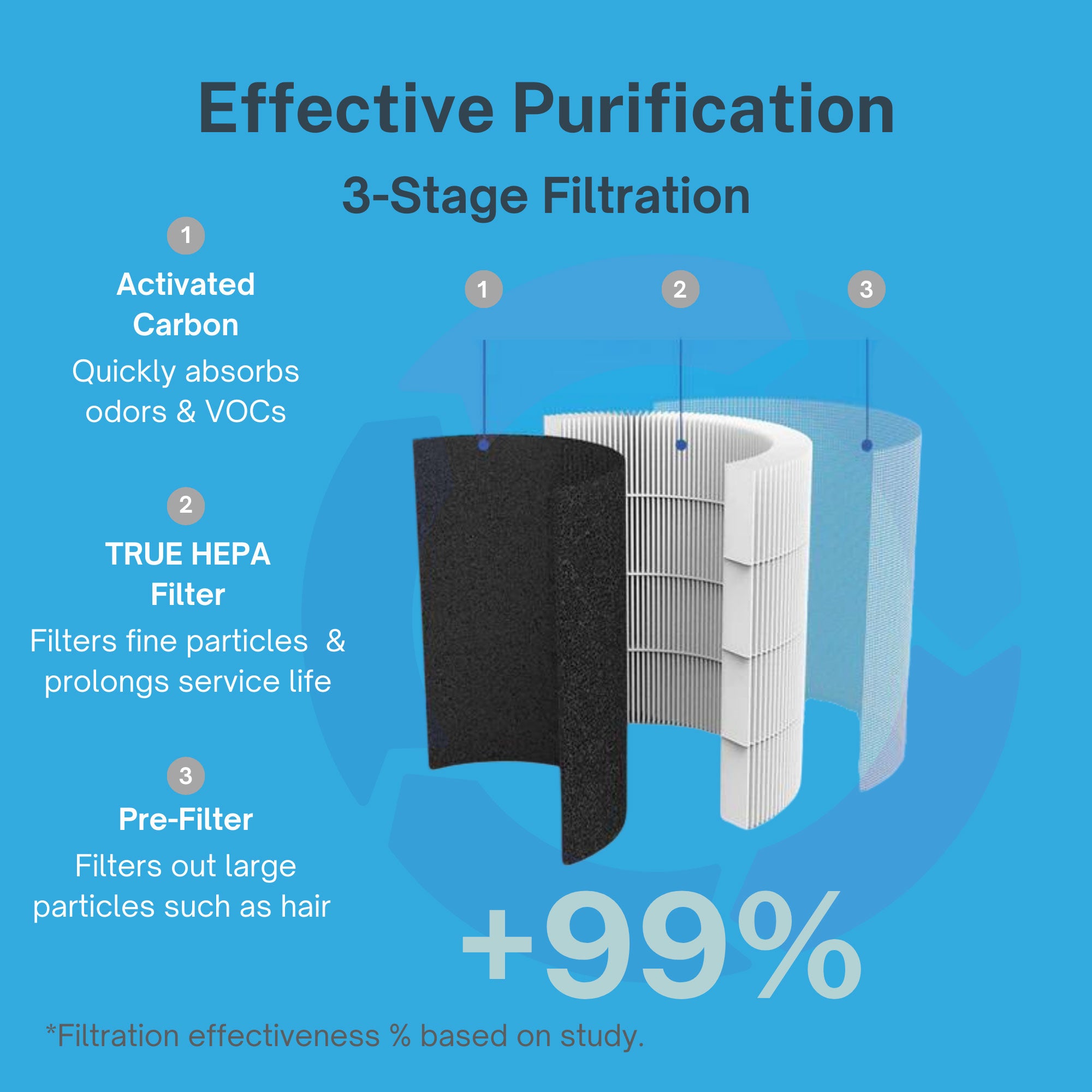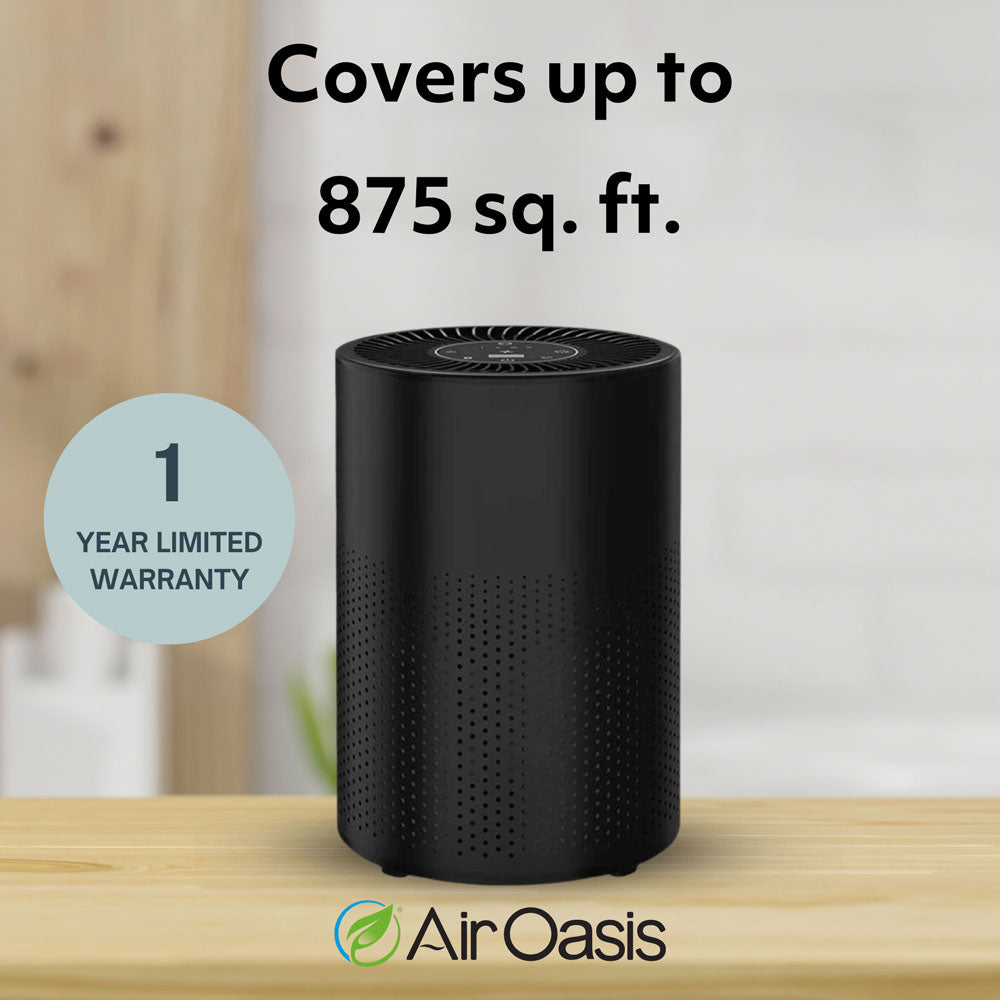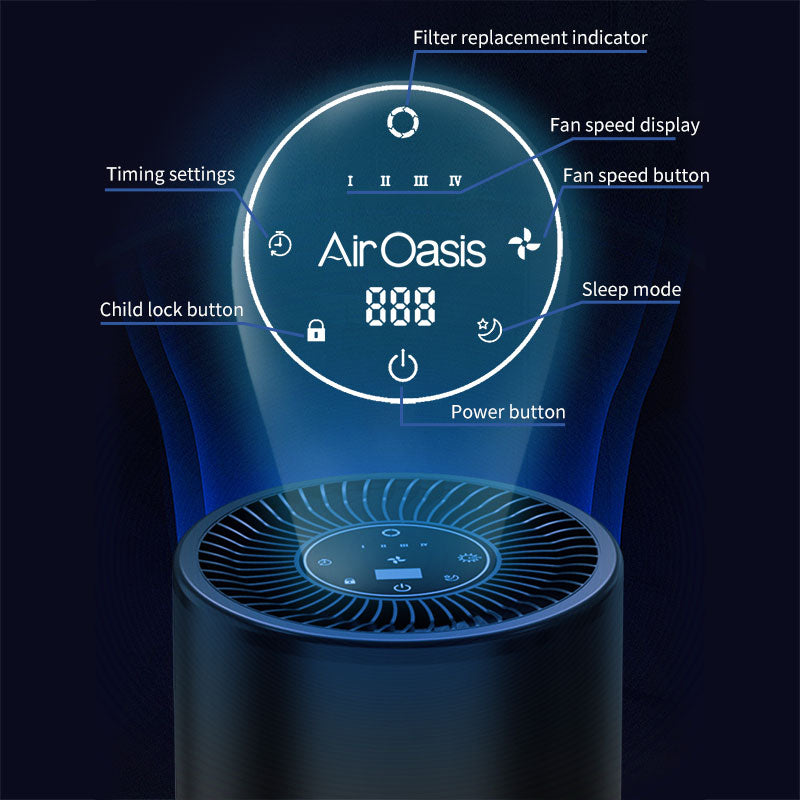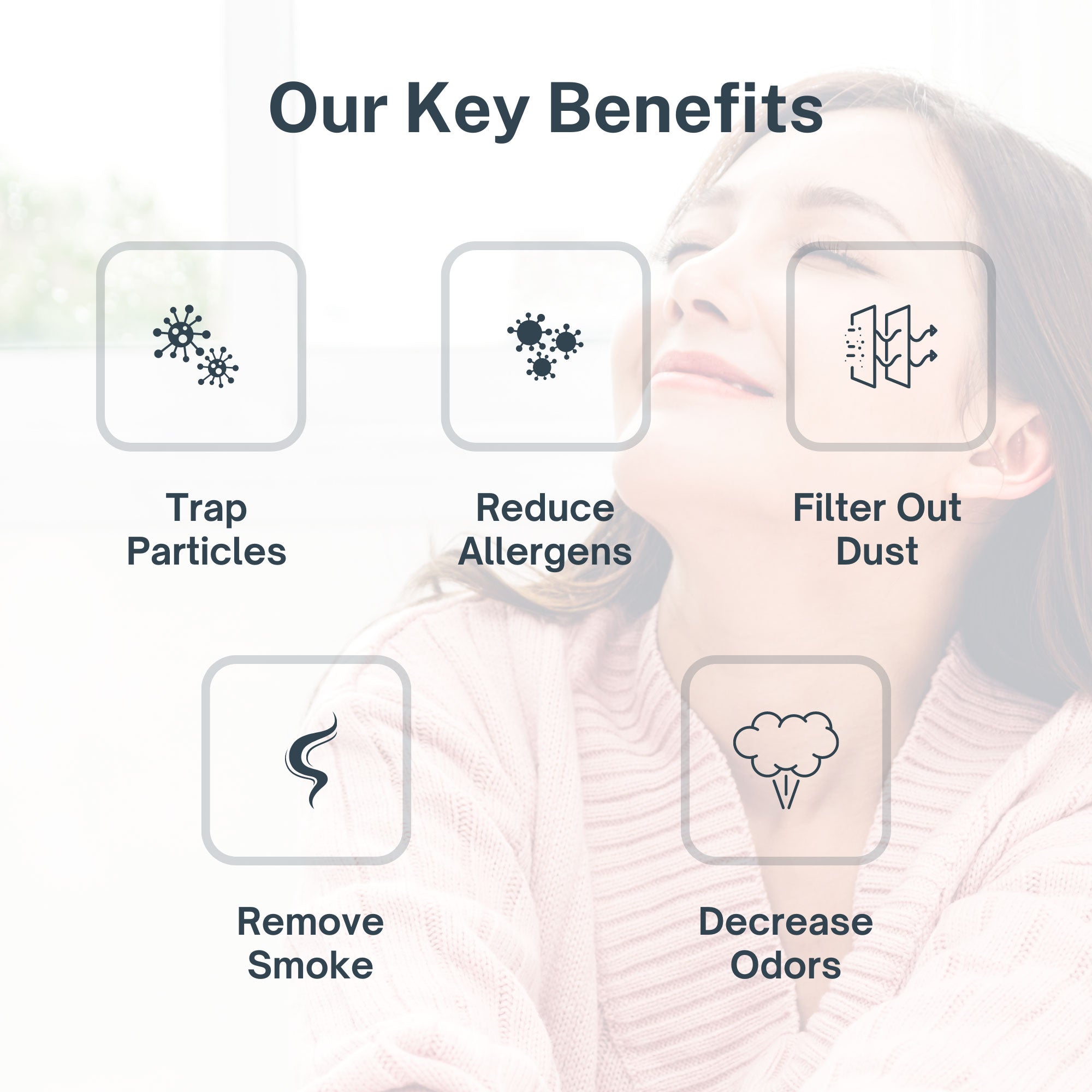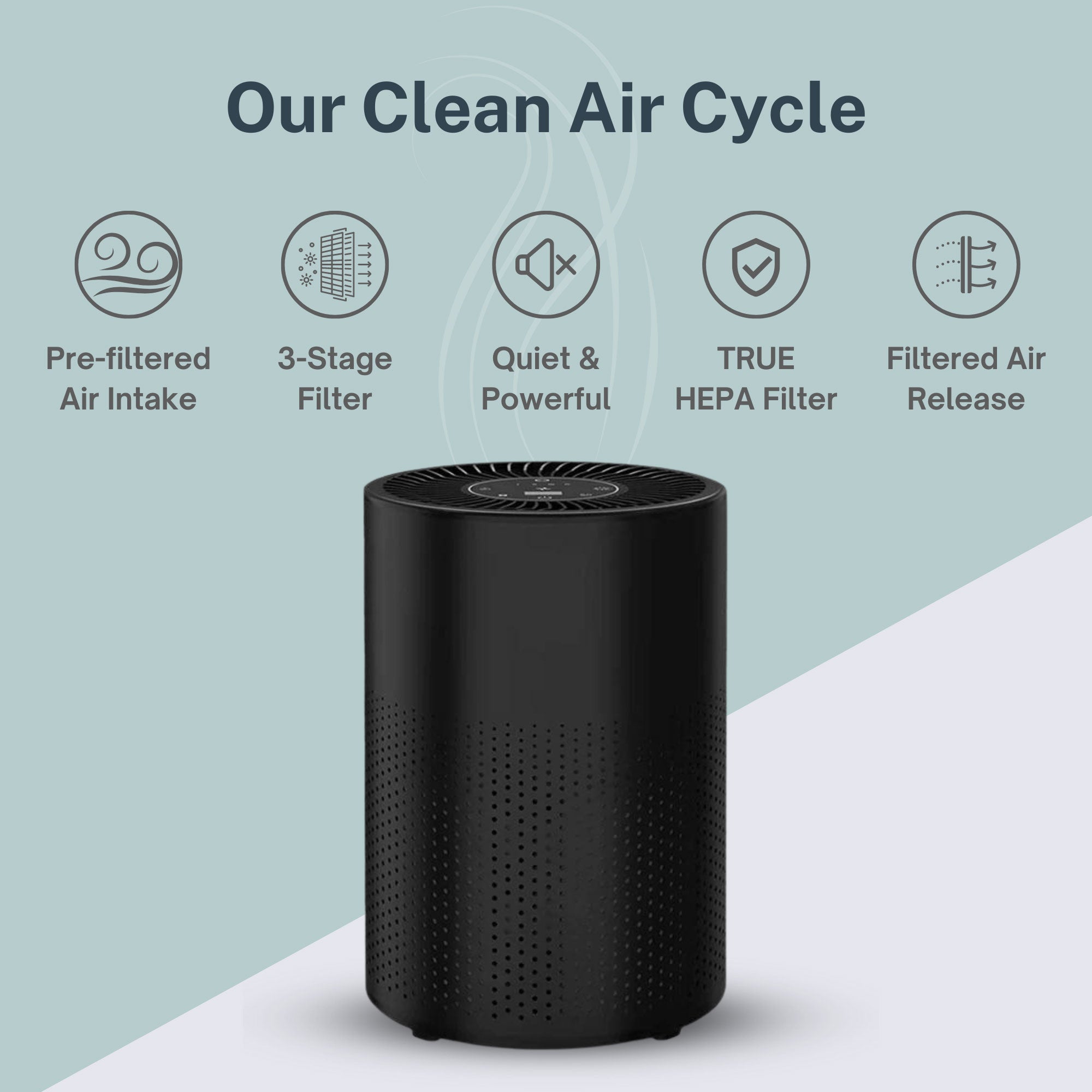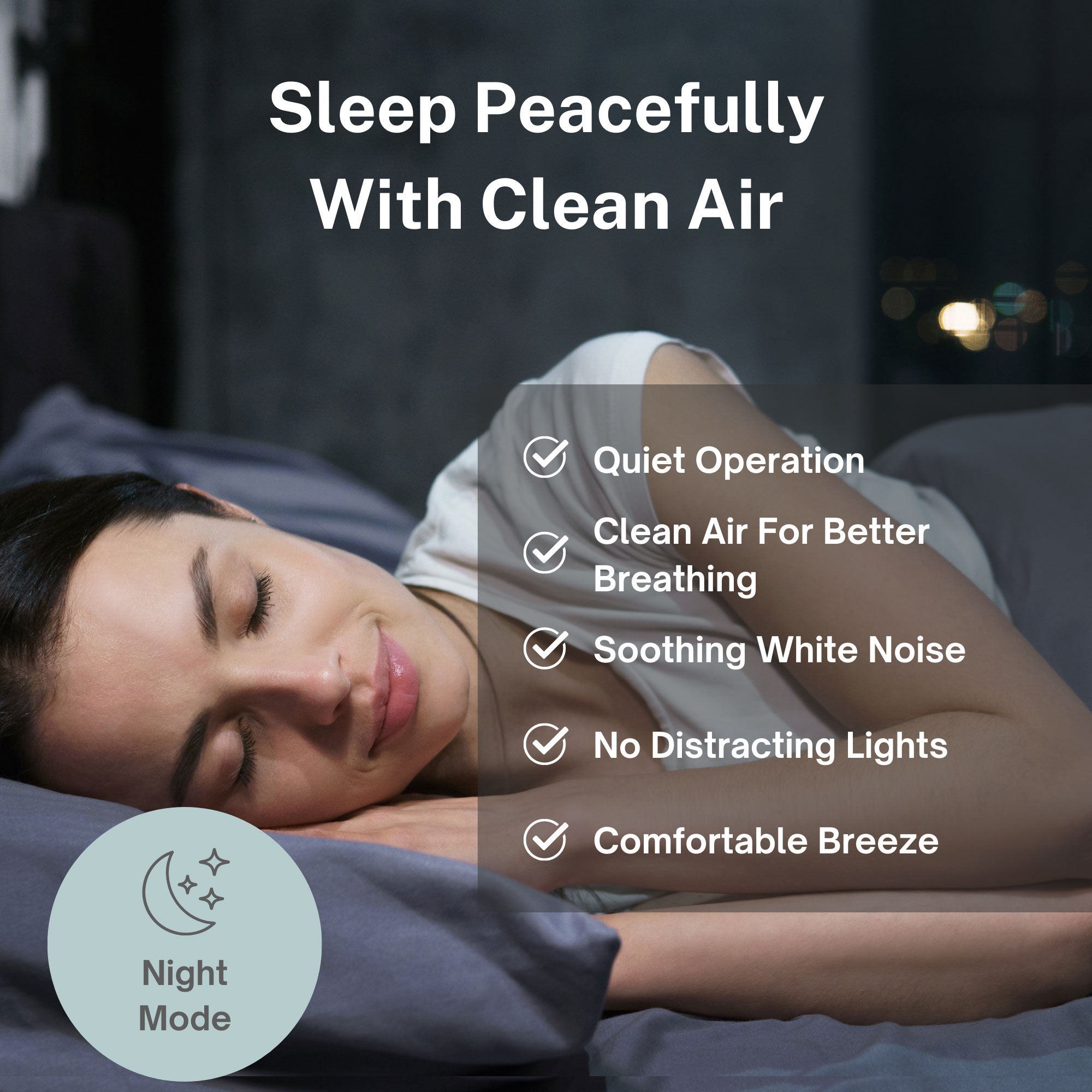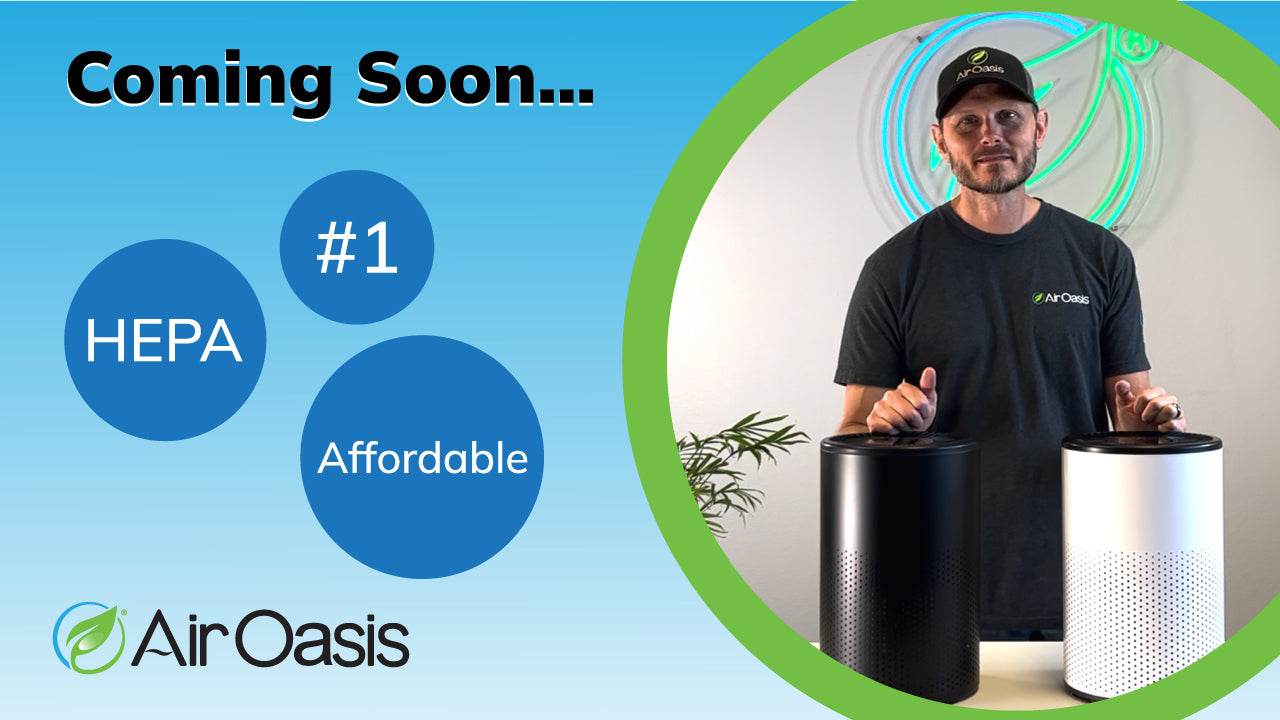Chronic Inflammatory Response Syndrome (CIRS) is a complex, often misdiagnosed medical condition. CIRS occurs in people with a genetic predisposition to becoming chronically ill due to certain biotoxin exposure. The reaction within these individuals and the corresponding symptoms come down mainly to inflammation caused by exposure to biotoxins in water-damaged buildings and other damp spaces. The inflammation triggered by these biotoxins produces a wide array of debilitating symptoms, severely impacting quality of life.
Emerging research shows that improving air quality and eliminating biotoxin exposure are critical to managing CIRS symptoms. This guide will explore the link between airborne pollutants and CIRS, highlighting air purifiers as the first line of defense for cleaner, healthier indoor air.
Understanding CIRS
CIRS is a multifaceted condition triggered by exposure to biotoxins in damp environments such as in water-damaged buildings. Here you likely find mold, bacteria, mycotoxins, volatile organic compounds (VOCs), endotoxins, actinomycetes, and beta-glucans. These substances can infiltrate indoor spaces, causing a cascade of inflammatory responses in susceptible individuals.
CIRS manifests in a range of symptoms, including fatigue, cognitive difficulties–often referred to as brain fog, respiratory issues, and chronic pain, severely impacting one's quality of life.
The impact of CIRS on health extends beyond physical symptoms, affecting mental health and overall well-being. Its prevalence is often underestimated, with misdiagnosis due to its overlapping symptoms with other conditions. Studies suggest a substantial portion of individuals suffering from chronic health issues might be undiagnosed CIRS patients.
Contributions of Mold, Toxins, and Poor Indoor Air Quality
Mold exposure is a significant contributor to CIRS. Mold spores release mycotoxins in VOC form that, when inhaled by individuals prone to develop CIRS, trigger inflammatory responses in the body. Furthermore, additional toxins found in water-damaged buildings, including endotoxins, actinomycetes, and beta-glucans, are also tied to CIRS. Some CIRS-triggering toxins are airborne, while others embed themselves in furniture, carpet, and clothing.
Challenges in Diagnosing CIRS
Diagnosing CIRS poses significant challenges due to the overlap in symptoms with various other conditions. CIRS occurs in people with a genetic predisposition to chronic illness when exposed to certain biotoxins, which can also cause misdiagnosis.
Additionally, conventional medical tests might not adequately capture the complexities of this syndrome, leading to delayed or missed diagnoses. This delay can result in prolonged suffering for individuals seeking relief from their symptoms.
The Link Between Air Quality and CIRS
Indoor air quality plays a pivotal role in exacerbating or reducing CIRS symptoms. Biotoxins like mold spores, mycotoxins, actinobacteria, and beta-glucans, become concentrated indoors, continuously exposing individuals to triggers that intensify their inflammatory responses. This perpetual exposure worsens the severity of CIRS symptoms.
Specific Airborne Pollutants Affecting CIRS Patients
Mold spores and related mycotoxins, actinobacteria, and beta-glucans are primary concerns for CIRS patients as they are known to trigger inflammatory reactions. These pollutants are constant irritants, compromising the health of individuals genetically predisposed to the syndrome.
Places like work environments, schools, apartments, and college dorms can be unsuspected hotbeds for CIRS if they harbor mold or let CIRS triggers build up indoors. Patients report fewer CIRS episodes, improved cognition, less pain, and better energy when breathing cleaner air.
Importance of Clean Air for Managing CIRS Symptoms and Overall Well-Being
Clean air is integral to managing CIRS symptoms and improving the overall well-being of affected individuals. By reducing the concentration of airborne pollutants indoors, the inflammatory burden on the body decreases, potentially alleviating symptoms and enhancing the quality of life for those with CIRS.
Understanding the Impact of Poor Air Quality on CIRS Symptoms
Specific pollutants can have different effects on CIRS symptoms.
Mold Spores
Mold spores are a prevalent indoor air pollutant that triggers and exacerbates CIRS symptoms. These spores release mycotoxins, compounds that can cause flare-ups in CIRS patients when inhaled. The presence of mold can lead to increased fatigue, cognitive difficulties, respiratory issues, and persistent discomfort in those with CIRS.
Mycotoxins
Mycotoxins, produced by molds, can directly impact inflammatory pathways in the body. Exposure to mycotoxins through inhalation or skin contact can heighten inflammatory responses, increasing CIRS symptoms' severity.
Actinobacteria
Actinobacteria are a group of bacteria that thrive in damp environments. In water-damaged buildings, actinobacteria can grow on wet building materials like walls, carpets, and insulation.
Some species of actinobacteria produce toxins and inflammatory compounds. Exposure to these actinobacteria and their byproducts is thought to contribute to CIRS patients’ symptoms. For those living with CIRS, inhalation or contact in water-damaged buildings may trigger or perpetuate symptoms like fatigue, pain, cognitive dysfunction, and multiple chemical sensitivities.
Reducing actinobacteria growth by drying out water-damaged materials, removing contaminated items, and fixing moisture issues, and professional deep cleaning can help remediate environments and potentially improve symptoms in some CIRS patients.
Further research is still needed, but the current evidence suggests actinobacteria play an important role in the illness process of at least a subset of people with CIRS.
Beta-Glucans
Beta-glucans are compounds found in the cell walls of certain molds, fungi, bacteria, and plants. They are released into the environment as these organisms grow. In water-damaged buildings, elevated levels of beta-glucans are often detected–they can become aerosolized and inhaled.
Some beta-glucans appear to have an inflammatory effect on humans, especially those predisposed to CIRS. Exposure is associated with respiratory issues, fatigue, and joint pain. Reducing exposure to indoor dampness, mold, and therefore beta-glucans may help improve inflammation and symptoms in some patients.
More research is needed, and the mechanisms linking beta-glucans, CIRS, and patient symptoms require further investigation. Overall, beta-glucans appear to be an important component of inflammatory responses in CIRS patients exposed to water-damaged buildings.
Strategies for Improving Indoor Air Quality for CIRS
You can employ several strategies to improve indoor air quality in your home or office.
Remediate the Source
Identify and fix any water damage or moisture sources allowing microbial growth in the home, such as leaks, flooding, condensation, or plumbing issues. Properly drying or removing and replacing water-damaged materials reduces actinobacterial and fungal growth. Getting out of exposure is the crucial first step to recovery.
Deep Clean
Perform a deep cleaning of the water-damaged building including HEPA vacuuming, steam cleaning, and scrubbing surfaces to remove settled dust and debris. Air filters should be replaced. Contaminated porous items, such as any bedding, furniture, curtains, and even clothing, need to be discarded. This step is often devastating for CIRS patients, but recovery is not possible if your environment is still causing sickness.
Once you’ve removed the sources and cleaned your environment, there are a few strategies you can use to reduce the chance of poor indoor air quality in the future:
Proper Ventilation Techniques
Implementing proper ventilation strategies helps to circulate and refresh indoor air. Use of exhaust fans in kitchens and bathrooms, opening windows when possible, and utilizing whole-house ventilation systems to reduce indoor pollutant concentrations.
Use of Air Purifiers
Air purifiers, especially those equipped with True HEPA, carbon filtration, and non-ozone-producing cold plasma ionization, play a crucial role in removing airborne contaminants. They effectively capture and neutralize biotoxins, offering cleaner air for individuals with CIRS.
Regular Maintenance of HVAC Systems
Regular maintenance of heating, ventilation, and air conditioning (HVAC) systems is vital. This includes changing filters as recommended, scheduling professional inspections, and ensuring proper functioning to prevent the buildup and circulation of indoor pollutants.
Mold Prevention Strategies
Implementing measures to prevent new mold growth is essential. This includes promptly addressing water leaks, controlling humidity levels, using mold-resistant products, and regularly inspecting and cleaning potential mold-prone areas.
Air Oasis Air Purifiers for CIRS Relief
Air Oasis air purifiers stand out for their cutting-edge combination of technologies. The iAdaptAir uses a True H13 HEPA Filter as the first line of defense. Next, the activated carbon filter absorbs VOCs, chemicals, odors, and mycotoxins. The silver ion filter and the germicidal UV light then work together to sterilize mold, bacteria, and viruses, while bi-polar ions actively hunt down and neutralize contaminants throughout your space. These five technologies work together to clean your indoor air and provide relief to CIRS patients.
Benefits of Air Oasis Air Purifiers for CIRS Patients
Air Oasis purifiers are specifically designed to address the needs of CIRS patients. Their technology greatly reduces common biotoxins and targets mold, mycotoxins, actinobacteria, and beta-glucans–the primary triggers for inflammatory responses in individuals with CIRS.
Targeting Specific Biotoxins
Air Oasis purifiers are engineered to target and neutralize a wide range of contaminants, including mold, bacteria, viruses, and volatile organic compounds. Their effectiveness in addressing these specific pollutants and biotoxins is tied to the technology used. This also makes them ideal for those dealing with CIRS symptoms.
CIRS Patients Breathe Easier with Air Oasis
Addressing and recovering from chronic inflammatory responses is a long and difficult journey. Taking control over your indoor air quality with advanced solutions from Air Oasis is just one step–but an important one.
iAdaptAir air purifiers actively trap and reduce a wide spectrum of pollutants that amplify inflammation, allergic reactions, and infections–delivering you clean, revitalizing air to breathe deep.
Shop air purifiers with medical-grade filters purpose-built for CIRS relief.




